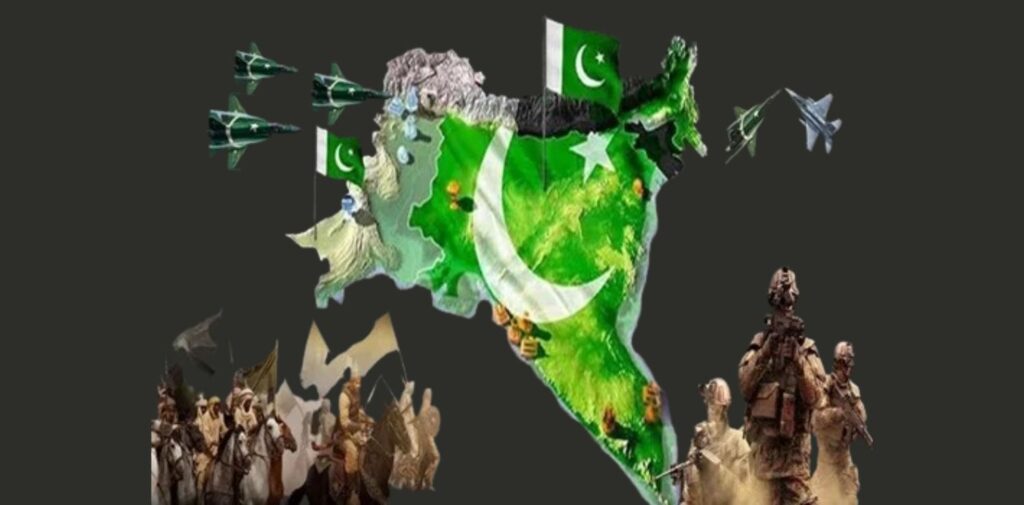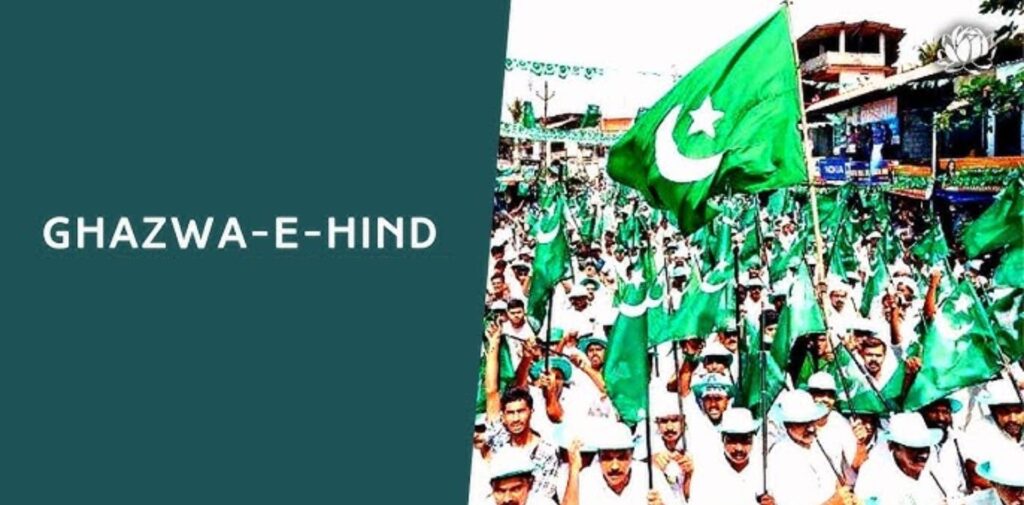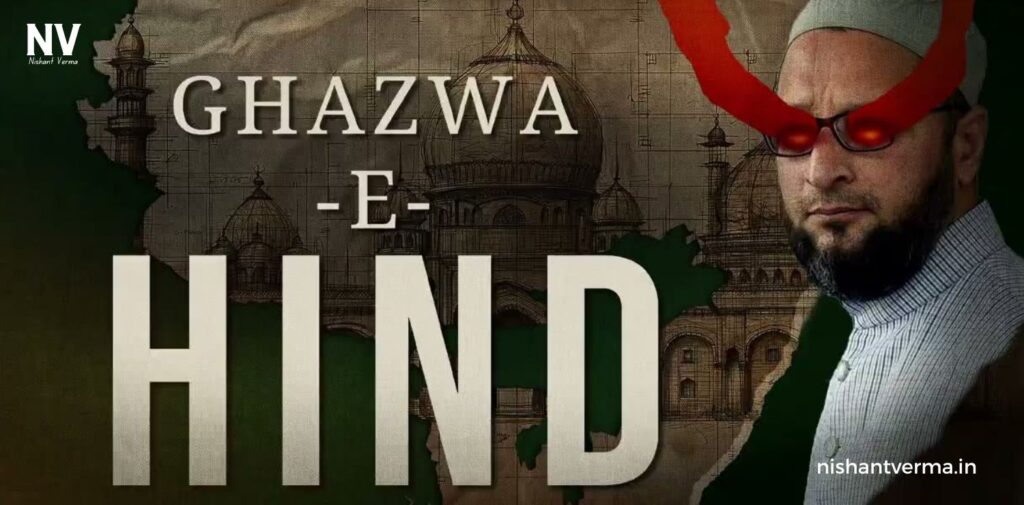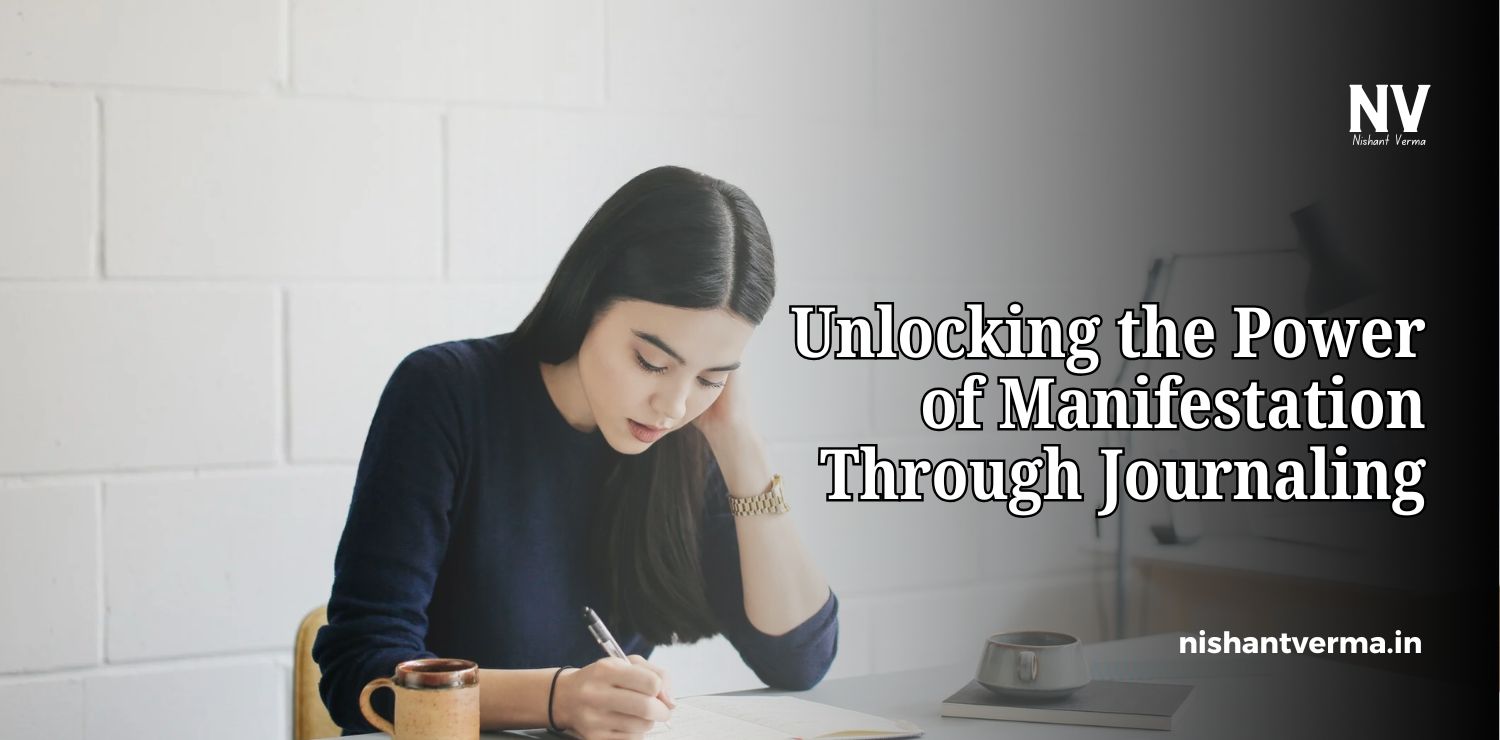In recent years, the term Ghazwa-e-Hind has gained significant attention, often evoking a mix of excitement, misunderstanding, and concern among various communities, particularly in India. To fully comprehend what Ghazwa-e-Hind means, its historical context, and why some individuals within the Muslim community express enthusiasm about it, we must dissect this concept in a straightforward manner. This article aims to explain Ghazwa-e-Hind in detail, ensuring that it is accessible and understandable for readers of all ages and backgrounds.
What is Ghazwa-e-Hind?
Ghazwa-e-Hind literally translates to “the Battle of India” or “the War of India.” The term originates from Islamic texts and prophecies, specifically referring to a future battle that some believe will occur in the Indian subcontinent. It is believed that this battle will be a significant event, leading to the establishment of Islamic governance in the region. The term often surfaces in discussions about religious extremism and jihad, and its interpretation can vary widely among different groups and individuals.

Historical Background
This concept finds its roots in certain Hadiths (sayings of the Prophet Muhammad). These Hadiths are not universally accepted and are often subject to interpretation. Some scholars argue that they predict a significant confrontation involving Muslims in the Indian subcontinent, while others suggest that such interpretations are flawed or taken out of context.
The earliest references can be traced back to historical Islamic texts, where the Indian subcontinent was often depicted as a land of rich resources and diverse cultures. The narratives around typically describe it as a struggle between Muslims and non-Muslims, particularly emphasizing a clash against oppressive forces.
Why Are Some Muslims Excited About Ghazwa-e-Hind?
The excitement surrounding can stem from various factors:
- Religious Motivation: Some individuals believe that participating in this is a religious duty, seeing it as a fulfillment of prophecy and a means to restore Islamic governance.
- Cultural Identity: For some, the notion resonates with their cultural identity and historical narratives. They perceive it as a way to reclaim a lost heritage.
- Political Context: The modern political landscape in India, characterized by tensions between different religious communities, can also fuel interest in it. Some may see it as a rallying point for Muslim solidarity against perceived oppression or marginalization.
- Influence of Extremist Ideologies: Extremist groups may exploit this concept to further their agendas, portraying it as a call to arms against perceived enemies of Islam. This manipulation of religious texts can lead to misunderstandings and a sense of urgency among some Muslims.

The Misinterpretation of Ghazwa-e-Hind
While some Muslims express excitement about this, it is crucial to recognize that this enthusiasm is often based on misinterpretations or selective readings of religious texts. Many Islamic scholars, including prominent figures from organizations like the Jamiat Ulama-e-Hind, have spoken out against the extremist interpretations.
The Importance of Context
Understanding Ghazwa-e-Hind requires examining the context of the Hadiths from which it derives. Scholars emphasize that many of these texts were written in specific historical circumstances and should not be applied to modern situations without careful analysis. The misuse of such Hadiths to justify violence or jihad is widely condemned within mainstream Islamic thought.
Diverse Opinions Among Muslims
It is essential to acknowledge that not all Muslims share the same perspective on Ghazwa-e-Hind. The Muslim community is incredibly diverse, with various interpretations of Islam and differing views on jihad.
Here are some prevalent opinions:
- Rejection of Violence: A significant portion of the Muslim community rejects any notion of violence. They advocate for peaceful coexistence and dialogue among different religious communities.
- Skepticism of Prophecies: Many Muslims view prophecies about this with skepticism, arguing that they are not relevant to contemporary society and should not be used to incite conflict.
- Focus on Social Justice: Some Muslims emphasize the importance of social justice and community development over the idea of a prophetic battle. They believe in working towards a harmonious society rather than engaging in violent confrontations.
The Role of Extremist Groups
Extremist organizations have co-opted the narrative to promote their agendas. By selectively interpreting religious texts, these groups seek to rally support for violent actions against perceived enemies. This misuse of religious doctrine can lead to significant misunderstandings about Islam and the intentions of its followers.
- Propaganda: Extremist groups often use this concept in their propaganda, framing it as a noble cause to recruit individuals for their militant operations.
- Polarization: The invocation can exacerbate tensions between religious communities, leading to increased polarization and conflict.
- Distortion of Islam: The actions and beliefs of extremist groups misrepresent the core teachings of Islam, which advocate for peace, tolerance, and coexistence. The vast majority of Muslims do not support the violent interpretations.

The Response from Islamic Scholars
In light of the growing interest in Ghazwa-e-Hind, many Islamic scholars have stepped forward to clarify its meaning and implications. They emphasize that:
- Misinterpretation Leads to Violence: Scholars argue that the misinterpretation can lead to violence and extremism, which are fundamentally at odds with Islamic teachings.
- Emphasis on Peaceful Coexistence: Many scholars advocate for peaceful coexistence and dialogue between different religious communities, urging Muslims to reject violence in any form.
- Reaffirmation of Islamic Values: Islamic scholars stress that the true essence of Islam is rooted in compassion, justice, and mercy, values that should guide the actions and beliefs of Muslims.
Debunking Myths About Ghazwa-e-Hind
To foster a better understanding , it is essential to debunk some common myths associated with it:
Myth: Ghazwa-e-Hind is an inevitable warning
Reality: Many scholars argue that signs are often subject to interpretation and should not be viewed as certainties. The future is shaped by human actions and decisions, not predetermined events.
Myth: All Muslims support Ghazwa-e-Hind
Reality: The Muslim community is diverse, with varying beliefs and interpretations of Islamic texts. Many Muslims reject the idea of Ghazwa-e-Hind as a call to arms.
Myth: Ghazwa-e-Hind justifies violence
Reality: Mainstream Islamic thought condemns violence and extremism. The misuse of religious texts to justify violent actions is a distortion of Islamic teachings.
Conclusion
In conclusion, Ghazwa-e-Hind is a complex concept that evokes a range of emotions and interpretations among Muslims and non-Muslims alike. While some may express excitement about the idea of a future battle, it is vital to recognize that these feelings often stem from misinterpretations and the influence of extremist ideologies.
The majority of Muslims reject violence and advocate for peaceful coexistence, emphasizing that true Islamic teachings promote compassion and justice. As society navigates the challenges posed by religious extremism and misunderstanding, fostering dialogue and promoting education will be essential in dispelling myths and misconceptions surrounding Ghazwa-e-Hind.
By understanding the intricacies of this term and its implications, we can work towards a more inclusive society that respects the diverse beliefs of all individuals while combating the forces of extremism and division.




